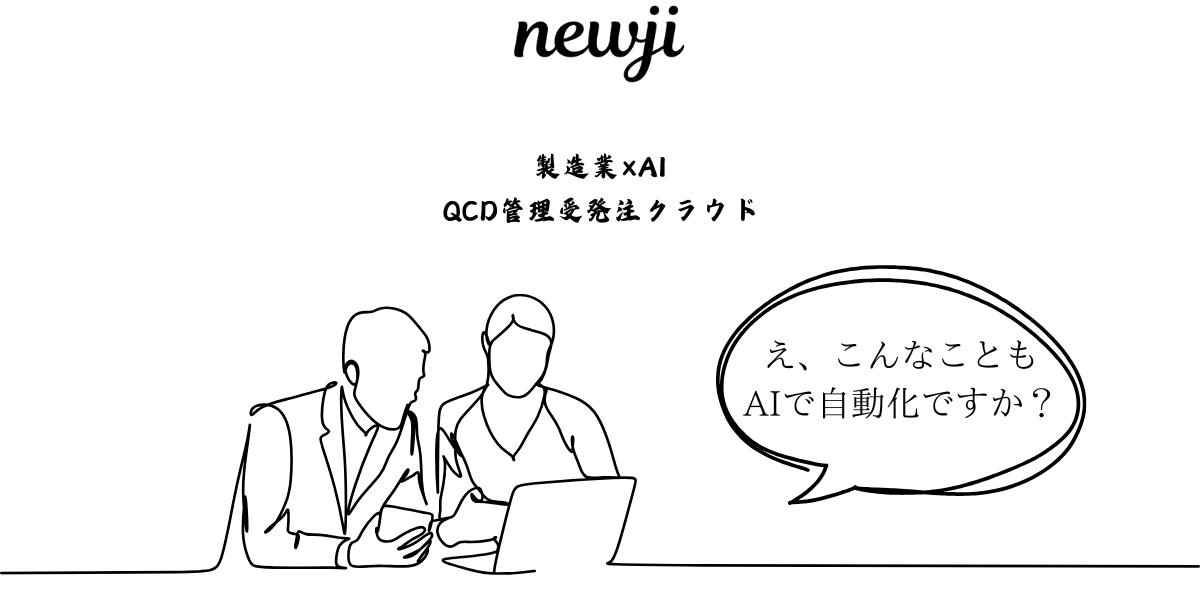- お役立ち記事
- Cold rolling technology for steel products and its application in the automobile lightweighting market
月間77,185名の
製造業ご担当者様が閲覧しています*
*2025年2月28日現在のGoogle Analyticsのデータより

Cold rolling technology for steel products and its application in the automobile lightweighting market

目次
Understanding Cold Rolling Technology
Cold rolling is an essential process in the production of steel, used extensively in various industries to enhance the properties of steel products.
This technology involves the compression of metal at room temperature after it has been initially hot rolled.
The process helps in reducing the thickness of the metal while improving its surface finish and increasing its tensile strength.
In cold rolling, the steel is passed through pairs of rolls to achieve the desired thickness.
This method is distinct from hot rolling, which involves processing steel at elevated temperatures.
Cold rolling results in more precise dimensions and a smoother, shinier finish compared to hot rolling.
The Cold Rolling Process Explained
The cold rolling process typically begins with pickling, where the hot-rolled coil is cleaned in an acid solution.
This step removes impurities and mill scale, preparing the surface for the subsequent cold rolling process.
Following pickling, the steel is fed through a series of rollers in a reduction mill.
The rollers compress the steel to the required thickness, contributing to its hardening and strengthening.
The metal’s microstructure changes, giving it improved mechanical properties.
After rolling, the steel may undergo annealing, a heat treatment process that relieves internal stresses and restores ductility.
This step is particularly important in applications requiring forming or bending.
Advantages of Cold Rolling
Cold rolling offers several benefits, making it a preferred method for producing high-quality steel products.
Firstly, it enhances the surface finish of the steel, providing a polished and professional look.
This is particularly beneficial in industries where appearance is critical.
Cold rolling also improves dimensional accuracy.
The process allows for tighter tolerances, ensuring that the final product meets exact specifications.
This precision is crucial in applications where exact measurements are necessary, such as in the automotive industry.
Another significant advantage is the increased strength and hardness of the steel.
The compressive forces used in cold rolling improve the material’s mechanical properties, making it more durable and resistant to wear.
Furthermore, cold rolling optimizes material properties without the use of excessive heat, reducing energy consumption and lowering production costs.
Applications in the Automotive Industry
One of the most notable applications of cold-rolled steel is in the automotive sector, particularly in the pursuit of lightweight vehicles.
Automakers are continually seeking ways to reduce vehicle weight to improve fuel efficiency and reduce emissions.
Cold-rolled steel plays a crucial role in this endeavor.
Cold-rolled steel is ideal for manufacturing automotive panels, body parts, and frames.
The material’s superior strength-to-weight ratio allows designers to reduce the thickness of these components, thus lowering the vehicle’s overall weight without sacrificing structural integrity.
Additionally, cold-rolled steel’s excellent surface finish and formability make it suitable for creating intricate parts with minimal defects, enhancing both performance and aesthetics.
Impact on Lightweighting
The lightweighting of vehicles is a significant trend in the automotive industry, driven by regulatory pressures and consumer demand for more fuel-efficient vehicles.
Cold-rolled steel contributes to this trend by enabling manufacturers to produce lighter cars without compromising safety or performance.
By utilizing cold-rolled steel, automakers can achieve significant weight reductions, which translate directly to improved fuel economy.
For instance, a reduction in vehicle weight results in decreased fuel consumption, leading to lower CO2 emissions and a smaller environmental footprint.
Moreover, the strength of cold-rolled steel allows for the design of thinner and lighter components while maintaining crashworthiness.
This is crucial for meeting stringent safety standards without adding extra weight.
Challenges and Considerations
Despite its advantages, cold rolling technology does present some challenges that manufacturers need to consider.
The process requires precision and control to maintain the quality of the steel.
Any variations in the process parameters can result in defects or inconsistencies in the final product.
Moreover, the initial setup costs for cold rolling can be high, requiring advanced machinery and skilled technicians.
However, these initial investments are often offset by the benefits of improved product quality and reduced long-term production costs.
Material selection is also a critical aspect of cold rolling.
Not all metals respond well to cold working, and manufacturers must choose steel grades that can withstand the stresses of the process without cracking or deforming.
Future of Cold Rolling Technology
As industries continue to innovate, the future of cold rolling technology looks promising.
Continuous advancements in machinery and control systems are enhancing the efficiency and precision of the process.
Automation and digitalization are also playing a significant role, allowing for real-time monitoring and adjustments during production.
This ensures consistent quality and reduces the likelihood of defects.
The demand for lightweight materials in various sectors, particularly automotive, is expected to drive further developments in cold rolling technology.
Manufacturers are likely to explore new alloys and steel compositions that can provide even greater strength-to-weight ratios.
In conclusion, cold rolling technology is a pivotal process in the production of high-strength, lightweight steel products.
Its application in the automotive industry, driven by the need for fuel efficiency and reduced emissions, highlights its significance in the modern market.
As technology continues to evolve, cold rolling will play an even more crucial role in shaping the steel products of the future.
 資料ダウンロード
資料ダウンロード
QCD管理受発注クラウド「newji」は、受発注部門で必要なQCD管理全てを備えた、現場特化型兼クラウド型の今世紀最高の受発注管理システムとなります。
 ユーザー登録
ユーザー登録
受発注業務の効率化だけでなく、システムを導入することで、コスト削減や製品・資材のステータス可視化のほか、属人化していた受発注情報の共有化による内部不正防止や統制にも役立ちます。
 NEWJI DX
NEWJI DX
製造業に特化したデジタルトランスフォーメーション(DX)の実現を目指す請負開発型のコンサルティングサービスです。AI、iPaaS、および先端の技術を駆使して、製造プロセスの効率化、業務効率化、チームワーク強化、コスト削減、品質向上を実現します。このサービスは、製造業の課題を深く理解し、それに対する最適なデジタルソリューションを提供することで、企業が持続的な成長とイノベーションを達成できるようサポートします。
 製造業ニュース解説
製造業ニュース解説
製造業、主に購買・調達部門にお勤めの方々に向けた情報を配信しております。
新任の方やベテランの方、管理職を対象とした幅広いコンテンツをご用意しております。
 お問い合わせ
お問い合わせ
コストダウンが利益に直結する術だと理解していても、なかなか前に進めることができない状況。そんな時は、newjiのコストダウン自動化機能で大きく利益貢献しよう!
(β版非公開)

